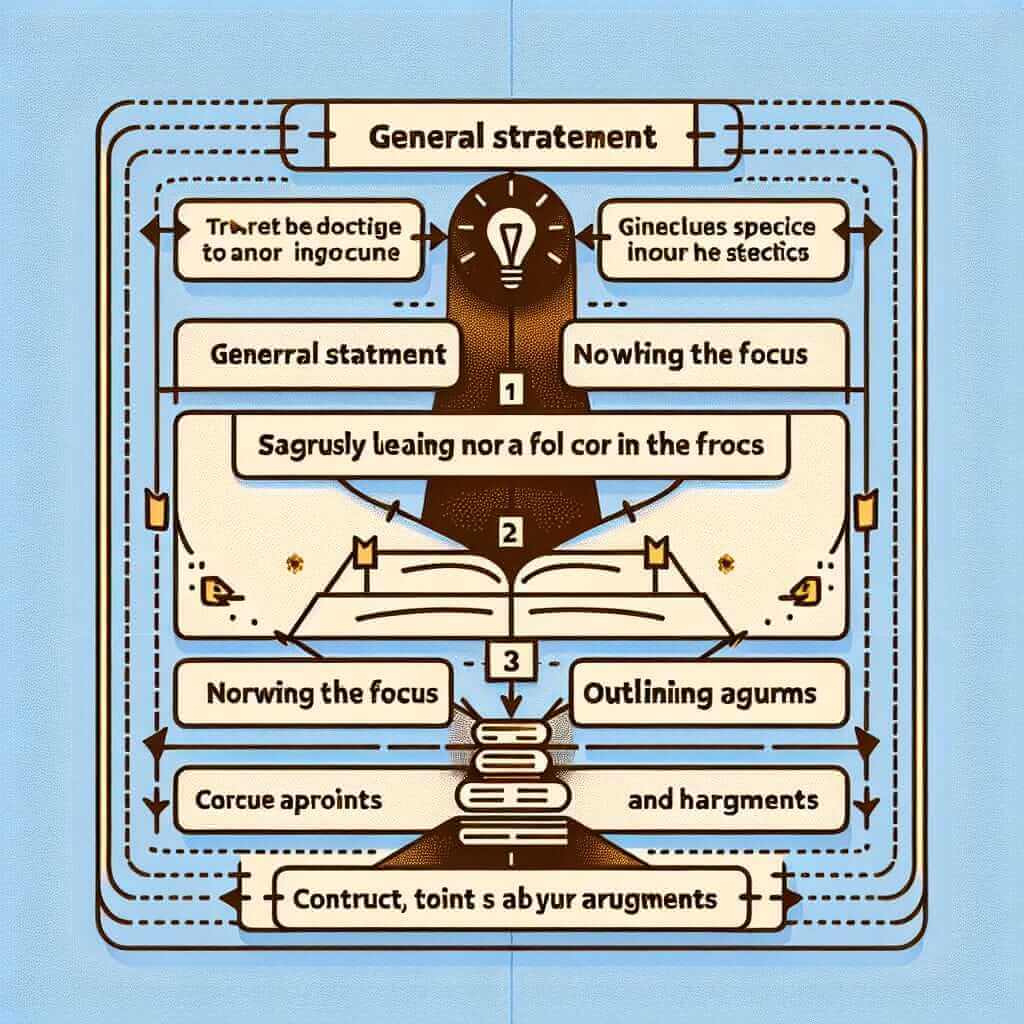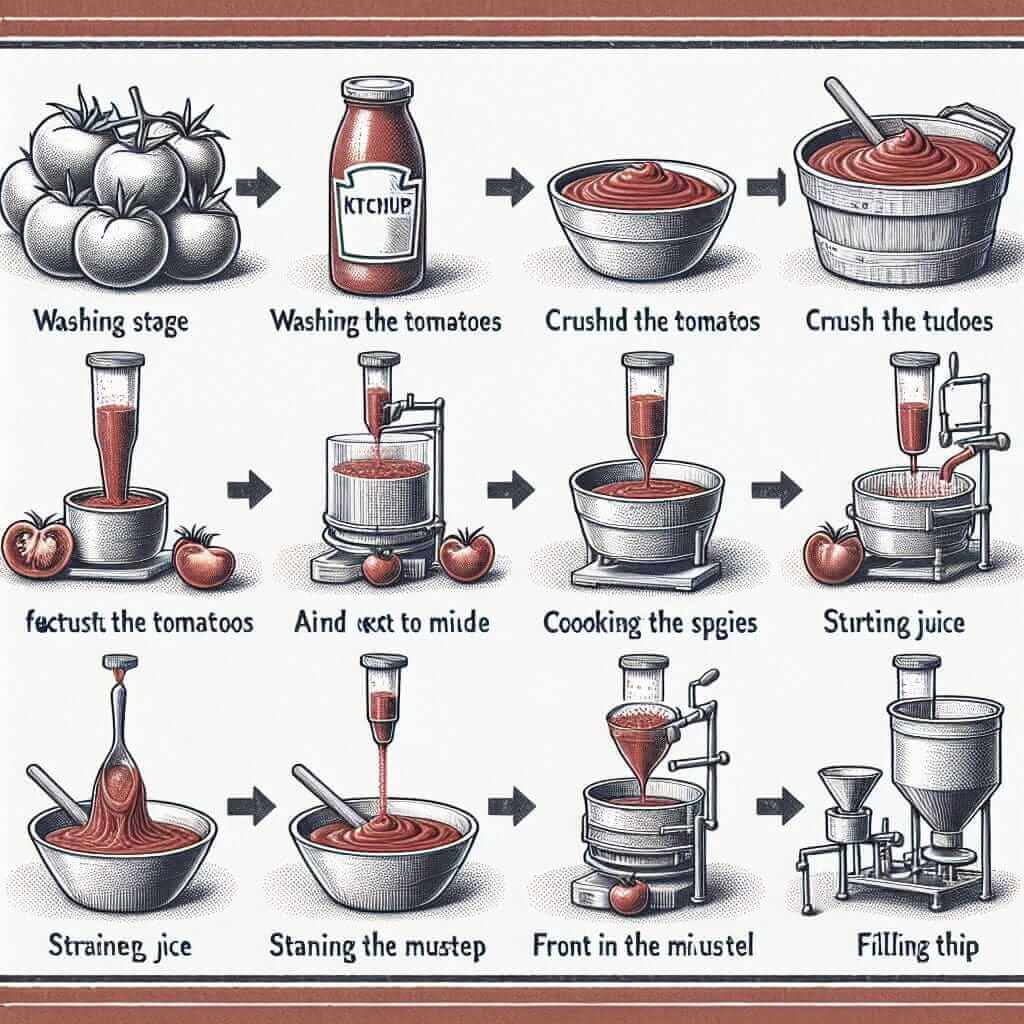As an IELTS instructor with over 20 years of experience, I’ve seen firsthand how challenging writing Task 2 body paragraphs can be. Many students understand the overall essay structure but struggle to develop cohesive and well-supported paragraphs within that framework. This guide will delve into the essential elements of writing effective body paragraphs for IELTS Task 2, equipping you with the skills and strategies to boost your writing score.
Nội dung bài viết
- Understanding the Importance of Body Paragraphs in IELTS Writing Task 2
- Constructing Powerful Body Paragraphs: A Step-by-Step Guide
- 1. Topic Sentence: Setting the Stage
- 2. Explanation: Unveiling the Why
- 3. Supporting Evidence: Building a Solid Case
- 4. Linking Back: Maintaining Coherence
- Analyzing a Sample Body Paragraph
- Essential Tips for Writing Effective Body Paragraphs:
- Conclusion
Understanding the Importance of Body Paragraphs in IELTS Writing Task 2
Body paragraphs are the heart of your IELTS essay, where you present, explain, and support your ideas. They provide a logical flow to your argument, convincing the examiner that you can effectively analyze the given question and present your thoughts in a clear and organized manner. Each paragraph should focus on a single key idea, contributing to the overall argument of your essay.
Constructing Powerful Body Paragraphs: A Step-by-Step Guide
Writing a strong body paragraph involves a clear and logical structure. Here’s a breakdown of the key components:
1. Topic Sentence: Setting the Stage
Begin each body paragraph with a clear topic sentence that introduces the main idea of the paragraph. This sentence should directly link back to the essay question and your overall stance, providing a roadmap for the information that follows.
Example:
- Essay Question: Discuss the advantages and disadvantages of using technology in classrooms.
- Topic Sentence (Advantage): One significant advantage of integrating technology in education is the enhanced engagement and motivation it fosters among students.
2. Explanation: Unveiling the Why
After stating your topic sentence, elaborate on it. Provide a clear explanation of what your main point means and why it’s relevant to the essay question. This is your chance to demonstrate your understanding of the issue.
Example (Continuing from above): Digital tools, such as interactive whiteboards and educational apps, offer stimulating learning experiences that traditional methods often lack. By incorporating multimedia elements and gamified activities, technology can cater to diverse learning styles and make lessons more captivating.
3. Supporting Evidence: Building a Solid Case
To make your arguments convincing, you need to back them up with solid evidence. This could include:
- Examples: Use specific examples to illustrate your point. For instance, you could mention a particular study on the positive effects of educational software on student performance.
- Statistics: Relevant statistics can lend weight to your arguments. For example, you might cite data showing improved test scores in schools that have adopted technology-based learning.
- Personal Experience: While it’s essential to prioritize factual evidence, you can also briefly mention personal experiences if they are relevant and support your point. However, avoid relying solely on anecdotal evidence.
Example (Continuing from above): A recent study by the University of X revealed a 15% increase in student engagement and a 10% improvement in test scores in classrooms using interactive learning platforms compared to those relying solely on textbooks. This highlights how technology can actively contribute to a more dynamic and effective learning environment.
4. Linking Back: Maintaining Coherence
End your paragraph by linking your supporting evidence back to the main idea of the paragraph and the overall essay question. This creates a clear connection between your ideas and demonstrates coherence in your writing.
Example (Continuing from above): This clearly demonstrates how technology, when implemented effectively, can shift the educational paradigm from passive learning to active participation, leading to a more engaged and successful student body.
Analyzing a Sample Body Paragraph
Let’s take a look at a complete body paragraph, incorporating all the elements we’ve discussed:
Essay Question: Some people believe that the government should provide free university education for all citizens. Others argue that individuals should be responsible for funding their own tertiary studies. Discuss both views and give your opinion.
Body Paragraph:
One compelling argument in favor of government-funded university education is its potential to foster social mobility. When financial constraints are removed, individuals from less privileged backgrounds have an equal opportunity to pursue higher education, regardless of their socioeconomic status. This can break down barriers to entry, allowing talented individuals from low-income families to access the same opportunities as their wealthier counterparts. For instance, a study by the National Center for Education Statistics found that students from low-income families who received need-based scholarships were significantly more likely to complete their degrees compared to those who did not. This demonstrates how government investment in education can level the playing field and create a more equitable society where success is determined by merit rather than financial means.
 Students from Diverse Backgrounds Celebrate Graduation
Students from Diverse Backgrounds Celebrate Graduation
Essential Tips for Writing Effective Body Paragraphs:
- Plan Before You Write: Before starting your essay, brainstorm your ideas and create a brief outline for each body paragraph. This will help you organize your thoughts and ensure a logical flow of ideas.
- Use Transition Words: Utilize transition words and phrases to connect your ideas smoothly within and between paragraphs. Words like “furthermore,” “in addition,” “on the other hand,” and “in conclusion” can help guide the reader through your argument.
- Maintain Paragraph Length: Aim for body paragraphs that are roughly equal in length and avoid writing overly long or short paragraphs. Ideally, each paragraph should be around 3-5 sentences long, depending on the complexity of your ideas.
- Proofread Carefully: Once you’ve finished writing, thoroughly proofread your work for any grammatical errors, spelling mistakes, or inconsistencies in your arguments.
Conclusion
Mastering the art of writing effective body paragraphs is crucial for achieving a high score in IELTS Writing Task 2. Remember to focus on clarity, coherence, and well-supported arguments. By following the step-by-step guide and tips outlined in this article, you’ll be well on your way to crafting compelling and impactful essays that showcase your writing skills. Good luck!


